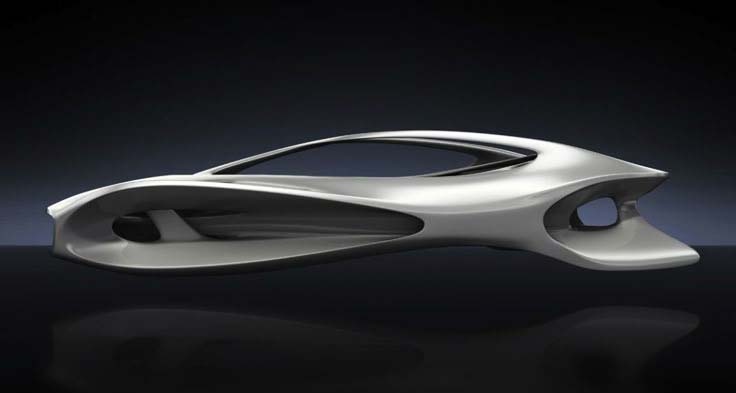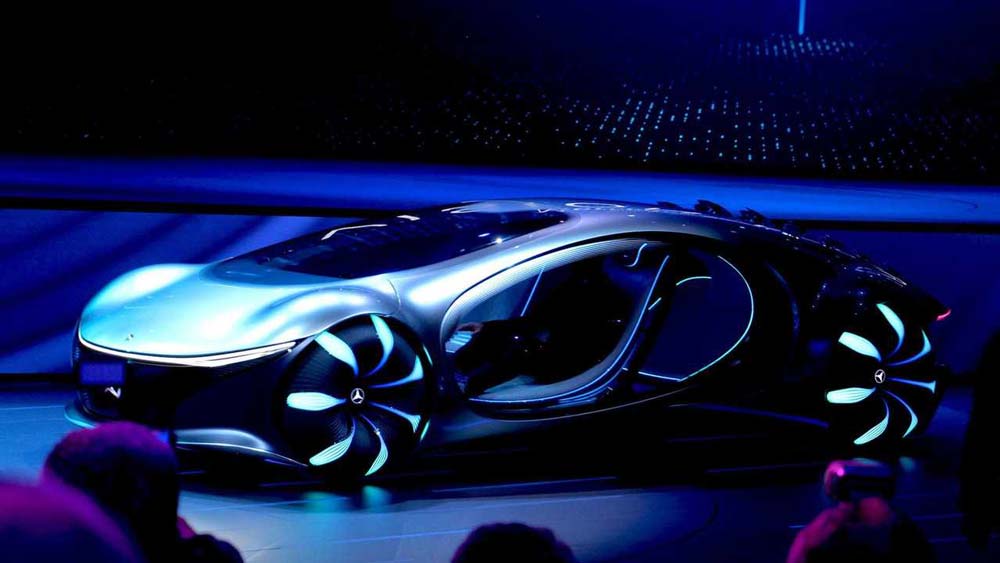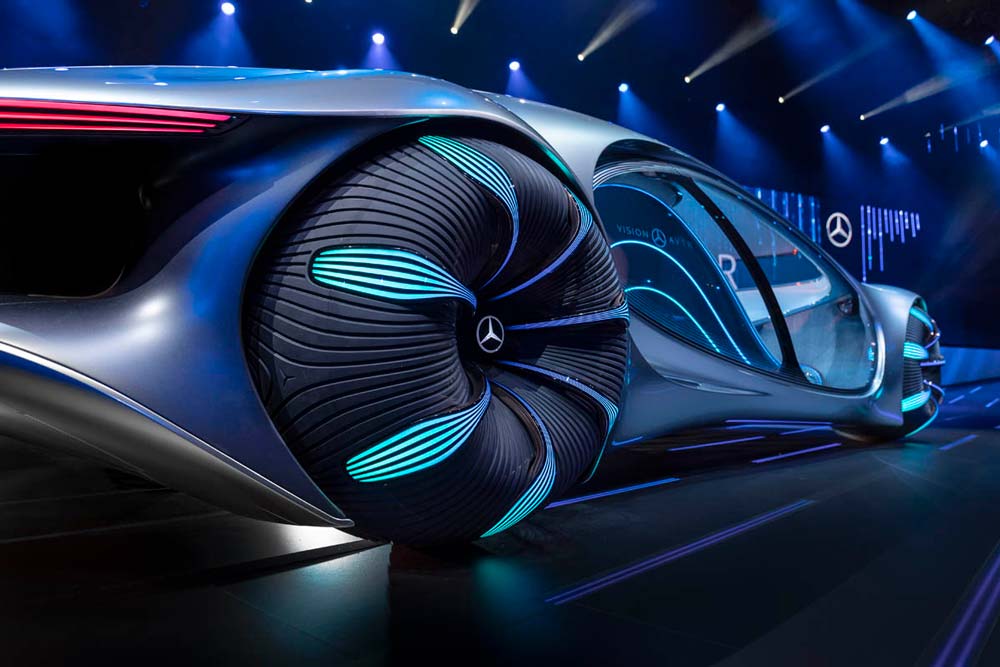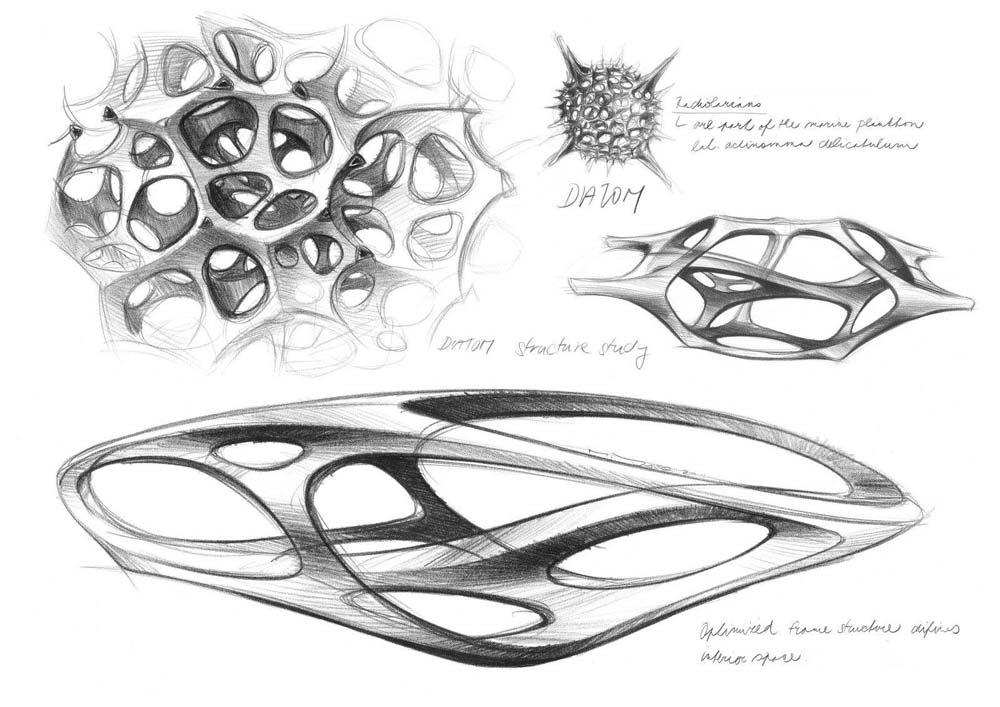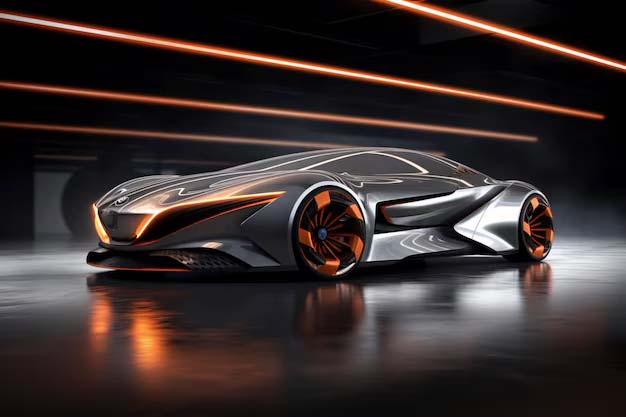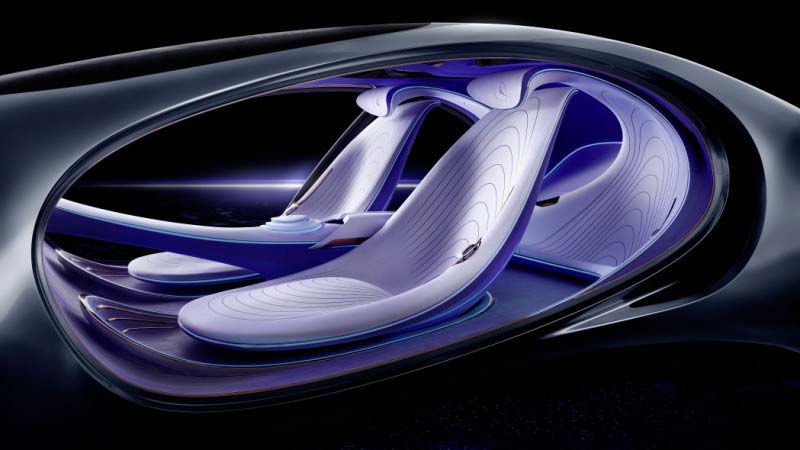Bio-Inspired Designs and Organic Forms in Vehicle Design: Nature’s Influence on Automotive Innovation
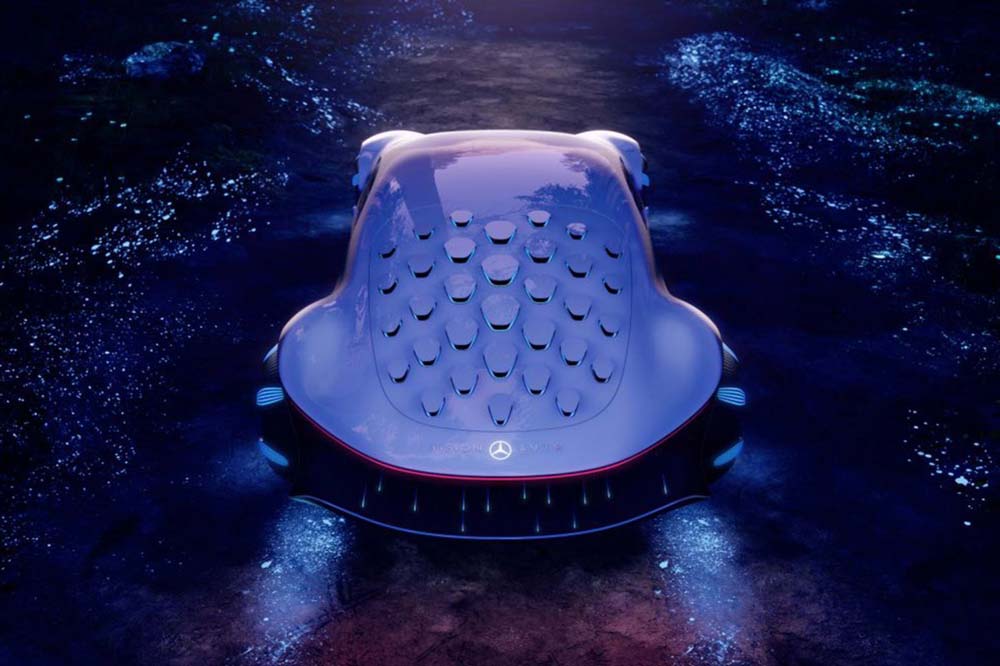
Introduction: The Growing Influence of Bio-Inspired Design
As the automotive industry moves towards more sustainable, efficient, and innovative designs, bio-inspired design, and organic forms have emerged as a fascinating and increasingly important trend. Drawing from nature’s time-tested solutions, designers are looking to biology for guidance on creating vehicles that are not only functional but also more environmentally friendly and efficient.
From aerodynamic shapes inspired by animal movement to materials modeled after organic structures, bio-inspired vehicle design is shaping the future of the automotive industry. This trend emphasizes the idea that nature, which has evolved over millions of years, holds the answers to many of the challenges designers face today—whether it’s optimizing fuel efficiency, reducing environmental impact, or improving vehicle safety.
In this blog post, we’ll explore the concept of bio-inspired and organic forms in vehicle design, its benefits, and how designers can incorporate these ideas to create future-proof vehicles.
What is Bio-Inspired and Organic Design?
Bio-inspired design (often called biomimicry) refers to the practice of looking to the natural world for inspiration when solving design problems. It involves studying the processes, systems, and forms found in nature to create more efficient, sustainable, and innovative solutions.
Organic forms in vehicle design refer to shapes and structures that emulate the natural, flowing, and dynamic forms seen in biological organisms, plants, and natural landscapes. Organic forms often contrast with the rigid, angular, or geometrically perfect shapes traditionally used in vehicle design, offering smoother, more fluid lines that evoke a sense of harmony with the environment.
Key principles of bio-inspired and organic design in vehicles include:
- Efficiency: Nature’s designs are optimized for function and efficiency. For example, the streamlined shape of a fish helps it move smoothly through water, a concept that can be applied to vehicle aerodynamics.
- Adaptability: Many biological forms adapt to their environments, an approach that can be applied to vehicles that adapt to road conditions, weather, or even the user’s preferences.
- Sustainability: Nature’s designs prioritize sustainable use of resources and minimal waste, principles that are key in developing environmentally friendly vehicle components and manufacturing processes.
Key Principles of Bio-Inspired Vehicle Design
Bio-inspired vehicle design draws from multiple natural principles to improve the performance, efficiency, and aesthetics of vehicles. Some key principles include:
- Aerodynamics from Nature: The shapes of animals—such as the streamlined bodies of fish, bird wings, or the shape of a cheetah’s body—can inspire vehicle aerodynamics. For example, the shark-inspired design has been utilized to create more efficient car bodies, reducing drag and improving fuel efficiency.
- Structural Integrity: Many natural forms are optimized for strength and lightness, such as beehive structures or the exoskeletons of insects. Applying these principles, vehicle manufacturers can create lightweight yet strong frames.
- Self-Healing Materials: Inspired by biological processes, self-healing materials that can repair themselves after damage are being explored for use in vehicle exteriors. These materials have the potential to reduce maintenance costs and increase the longevity of vehicles.
- Biomimetic Energy Efficiency: Nature’s systems, like the energy-efficient flight patterns of birds or the photosynthesis process in plants, can inspire new ways of reducing energy consumption in vehicles, whether through regenerative braking or solar power integration.
Benefits of Bio-Inspired Designs and Organic Forms
Incorporating bio-inspired and organic design into vehicles offers several benefits:
- Improved Fuel Efficiency: Aerodynamic shapes, inspired by nature, can reduce drag and improve fuel efficiency. By mimicking the smooth forms of animals, vehicles can cut through the air more efficiently, lowering fuel consumption and enhancing range in electric vehicles.
- Sustainability: Biomimicry encourages the use of sustainable materials and eco-friendly manufacturing practices. By using nature-inspired materials that are biodegradable or recyclable, the automotive industry can reduce its environmental impact.
- Better Performance: Bio-inspired designs can improve vehicle performance by optimizing systems like suspension, traction, and energy efficiency, making vehicles more reliable and responsive in various conditions.
- Innovative Aesthetics: Organic forms offer a fresh, dynamic aesthetic that contrasts with traditional, angular vehicle designs. The use of flowing lines, natural contours, and soft curves gives vehicles a more futuristic, elegant look.
- Enhanced Durability: By borrowing ideas from nature, vehicles can become more durable and better suited to harsh environments. For example, insect-inspired exoskeletons can lead to stronger, more resilient vehicle bodies.
How Designers Can Integrate Nature-Inspired Features into Vehicles
Designers can take inspiration from nature to create vehicles that are more efficient, sustainable, and aesthetically pleasing. Here’s how to integrate bio-inspired and organic features into vehicle design:
- Study Nature’s Solutions: Look for solutions in nature that solve similar challenges faced in automotive design. Consider how animals and plants handle issues like aerodynamics, energy efficiency, sustainability, and durability.
- Collaborate with Biomimicry Experts: Partner with biomimicry experts or scientists who specialize in nature-inspired innovation. Their expertise can help identify nature-based solutions that are applicable to automotive design.
- Use Computational Design Tools: Use advanced design tools like parametric modeling or generative design software that can simulate natural processes and organic forms, helping you create innovative, nature-inspired structures.
- Incorporate Sustainable Materials: Use natural or biodegradable materials such as bamboo, hemp, or recycled composites. Experiment with self-healing or organic-based coatings to improve durability and reduce maintenance.
- Focus on Ergonomics and Comfort: Biomimetic design can enhance ergonomics, such as using organic shapes for seats or controls that reflect the natural curves of the human body, offering greater comfort and reducing fatigue.
- Adapt Natural Movement: Draw inspiration from the natural motion of animals, such as the flexibility of a cheetah’s limbs or the swaying motion of trees. These principles can inspire dynamic suspension systems, adaptable seats, or even flexible dashboards that adapt to the driver’s needs.
Case Studies: Bio-Inspired and Organic Designs in Action
Several vehicles are already embracing bio-inspired design and organic forms:
- BMW i8: The BMW i8 combines aerodynamics inspired by sharks and sustainability with eco-friendly materials like carbon-fiber and recycled plastics, resulting in a lightweight, fuel-efficient, and visually striking hybrid vehicle.
- Mercedes-Benz Biome: The Mercedes-Benz Biome concept car takes inspiration from nature’s structures, featuring an organic, lightweight design and a body created from biologically grown materials.
- Toyota’s Biomimetic Vehicle: Toyota has explored biomimetic designs in their I-Road and Fun-Vii concept cars, both of which use organic shapes and sustainable materials to create more environmentally friendly and efficient vehicles.
- Honda’s Micro Commuter Concept: The Micro Commuter concept car by Honda draws inspiration from nature’s lightweight structures, with an organic, adaptable design intended for urban commuting and eco-conscious mobility.
The Future of Bio-Inspired Design in Vehicles
As automotive technology evolves, bio-inspired and organic design principles will continue to play a significant role in shaping the future of vehicle design. We are likely to see:
- Increased use of bio-based materials in car construction, such as bio-plastics and plant-based composites, reducing reliance on traditional, non-renewable materials.
- Improved energy efficiency through designs inspired by energy-efficient animal movement, such as the wing shapes of birds or the fluid dynamics of marine life.
- Smart materials that are inspired by biological systems, including self-healing exteriors, adaptive car bodies, and biomimetic coatings for protection against harsh environments.
- Vehicles that integrate seamlessly into ecosystems: Future vehicles could be designed to reduce environmental impact, perhaps even interacting with nature in ways that foster sustainability. For example, solar-powered vehicles that mimic photosynthesis or vehicles that use organic-based charging systems to recharge using wind, solar, or kinetic energy.
Conclusion: Nature as the Blueprint for the Future of Vehicle Design
Bio-inspired and organic vehicle designs are not only enhancing aesthetics and functionality but also driving the shift toward sustainability and environmental consciousness in the automotive industry. By studying nature’s genius and applying its lessons to vehicle design, designers can create vehicles that are not only more efficient and beautiful but also more harmonious with the environment.
As the demand for eco-friendly, innovative, and sustainable vehicles grows, embracing bio-inspired design will be crucial for the future of the automotive industry, offering new possibilities for improved performance, sustainability, and user experience.
References
- Benyus, J. M. (2002) Biomimicry: Innovation Inspired by Nature. New York: HarperCollins.
- Hermann, J. (2020) Nature’s Engineering: Bio-Inspired Solutions in Vehicle Design. Journal of Sustainable Automotive Design, 34(4), pp. 45-58.
- Smith, A. (2019) Organic Design in Automotive Industry: Taking Inspiration from Nature. Car Design Review, 30(2), pp. 76-89.
- Mercedes-Benz (2021) Mercedes-Benz Biome: Biomimicry in Concept Design. Available at: https://www.mercedes-benz.com.
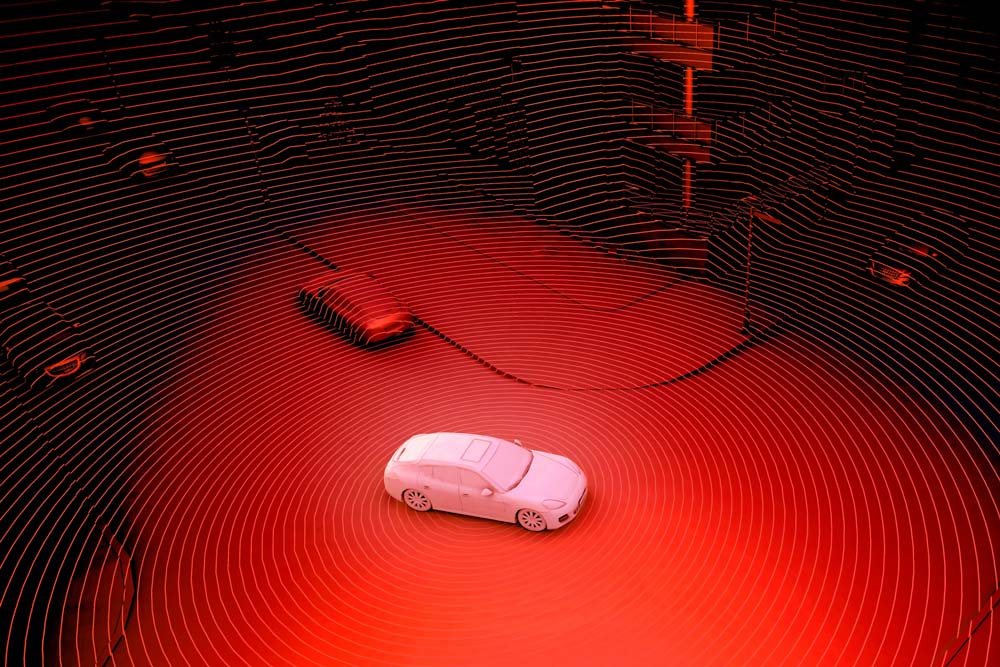
Introduction Modern vehicle design is no longer just about performance and aesthetics—it’s also about enhancing the overall well-being of drivers…
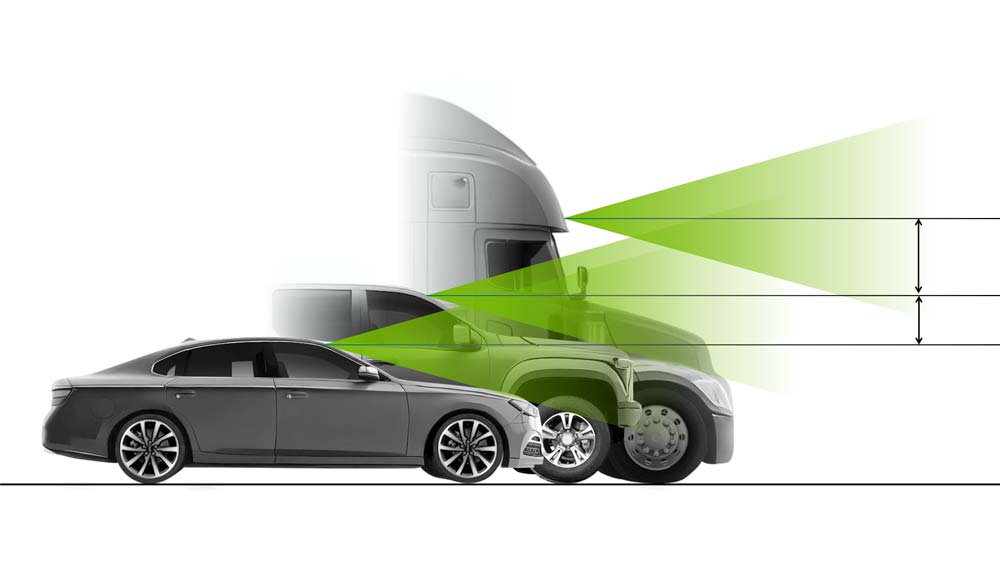
The world of vehicle design is rapidly evolving with the rise of autonomous technology, and architects and designers alike are…
